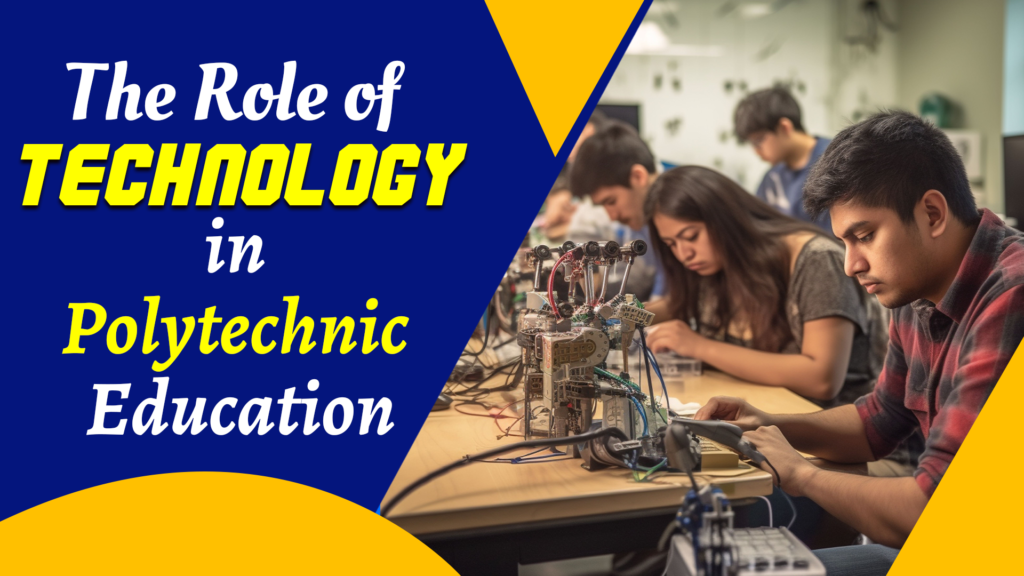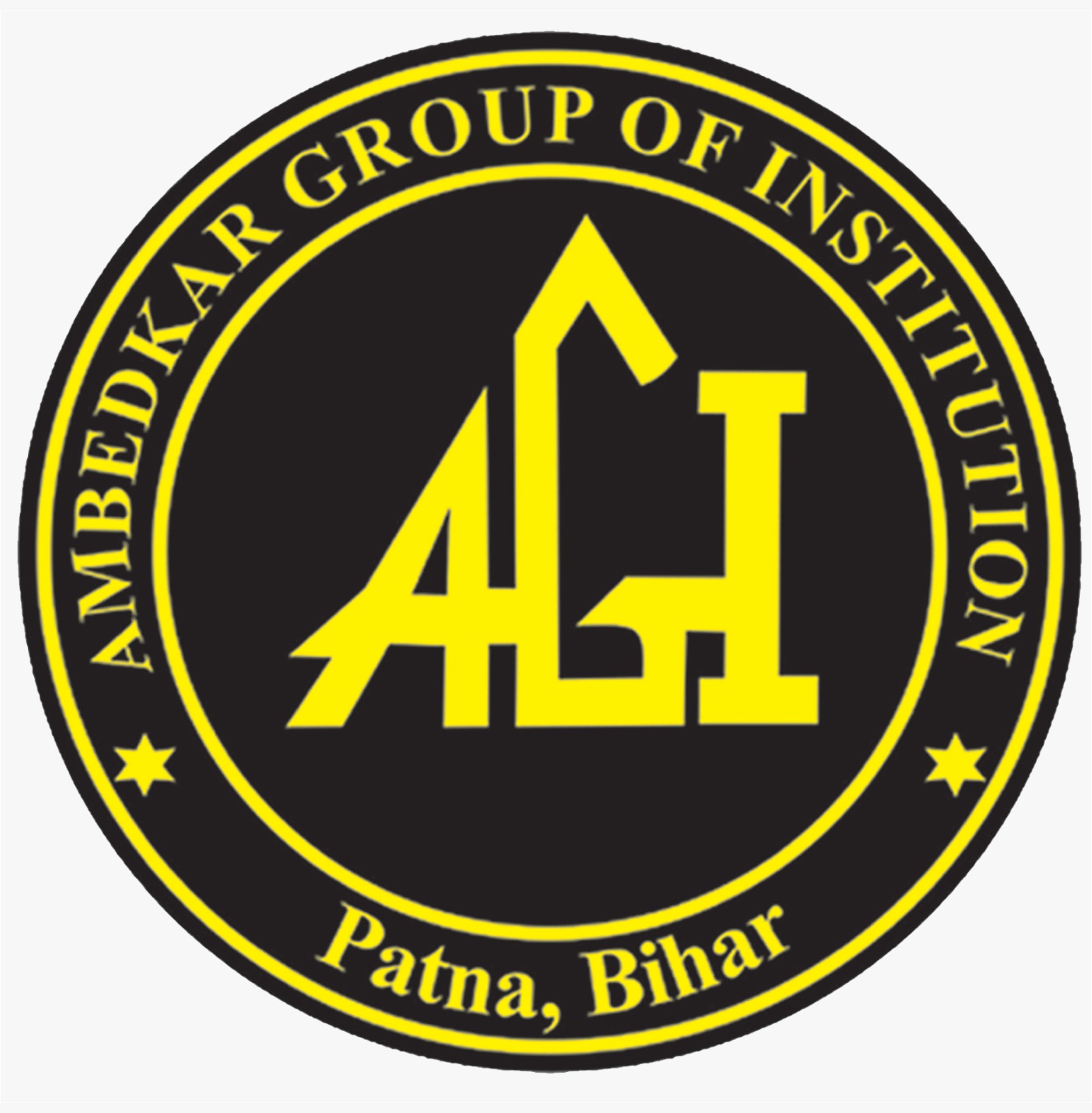Polytechnic education is renowned for its focus on practical skills and hands-on training. As industries evolve and new technologies emerge, the integration of technology in polytechnic education has become increasingly vital. Technology not only enhances the learning experience but also prepares students for the rapidly changing job market. This comprehensive guide explores the role of technology in polytechnic education, highlighting its benefits, applications, and impact on both teaching and learning.

Enhancing Learning with Advanced Technologies
The incorporation of advanced technologies in polytechnic education has revolutionized how students learn and interact with course material. Technologies such as virtual reality (VR), augmented reality (AR), and artificial intelligence (AI) are providing immersive and interactive learning experiences.
Virtual Reality (VR) and Augmented Reality (AR):
- Immersive Simulations: VR and AR create immersive simulations that allow students to practice skills in a controlled, risk-free environment. For example, engineering students can conduct virtual experiments, while healthcare students can perform simulated surgeries.
- Enhanced Engagement: These technologies make learning more engaging and enjoyable by providing a visual and interactive approach to complex concepts.
Artificial Intelligence (AI):
- Personalized Learning: AI-powered tools can analyze individual learning patterns and provide personalized recommendations and feedback, helping students learn at their own pace.
- Automation of Administrative Tasks: AI can automate routine administrative tasks, such as grading and attendance tracking, allowing educators to focus more on teaching and mentoring.
Facilitating Remote and Flexible Learning
The rise of online education has been accelerated by advancements in technology, offering polytechnic students greater flexibility and access to learning resources.
Online Learning Platforms:
- Accessibility: Online platforms make education accessible to students regardless of their location, enabling them to participate in courses and programs that may not be available locally.
- Self-Paced Learning: Students can learn at their own pace, revisiting complex topics as needed and balancing their studies with other commitments.
Blended Learning Models:
- Combination of Online and In-Person Learning: Blended learning models combine online coursework with traditional in-person classes, providing a balanced approach that leverages the strengths of both methods.
- Flexibility: This model offers greater flexibility, accommodating different learning styles and schedules.
Improving Practical Skills with Technology
Technology plays a crucial role in developing the practical skills that are central to polytechnic education. Hands-on training is enhanced through the use of advanced tools and software.
Computer-Aided Design (CAD) and Manufacturing:
- Precision and Efficiency: CAD software allows students to create detailed designs with precision, while computer-aided manufacturing (CAM) tools enable the production of these designs efficiently.
- Real-World Applications: These technologies provide students with experience that closely mirrors real-world applications, preparing them for industry demands.
Robotics and Automation:
- Hands-On Experience: Robotics and automation technologies offer students hands-on experience with the latest industry-standard equipment, from programmable robots to automated assembly lines.
- Problem-Solving: Working with robotics fosters problem-solving skills as students design, build, and troubleshoot automated systems.
Supporting Collaboration and Communication
Effective communication and collaboration are essential skills in the modern workforce. Technology facilitates these skills in a polytechnic setting, preparing students for collaborative work environments.
Collaboration Tools:
- Project Management Software: Tools like Trello, Asana, and Microsoft Teams help students manage group projects, assign tasks, and track progress in real-time.
- Communication Platforms: Platforms such as Zoom, Slack, and Google Meet enable seamless communication and collaboration, even when team members are not physically together.
Interactive Learning Environments:
- Discussion Forums: Online discussion forums and social learning platforms allow students to engage in academic discussions, share ideas, and seek help from peers and instructors.
- Group Projects: Technology supports group projects by providing virtual workspaces where students can collaborate on documents, presentations, and designs.
Enhancing Assessment and Feedback
Technology has transformed the way assessments are conducted and feedback is provided in polytechnic education. Digital tools offer new methods for evaluating student performance and providing constructive feedback.
Digital Assessments:
- Automated Grading: Automated grading systems can quickly assess multiple-choice and short-answer questions, providing instant feedback to students.
- Interactive Assessments: Interactive assessments, such as simulations and online quizzes, allow for more dynamic and engaging evaluation methods.
Feedback Tools:
- Real-Time Feedback: Tools like Google Classroom and Blackboard enable instructors to provide real-time feedback on assignments and projects, helping students understand their strengths and areas for improvement.
- Peer Assessment: Technology facilitates peer assessment, where students can review and provide feedback on each other’s work, fostering a collaborative learning environment.
Promoting Lifelong Learning and Continuous Improvement
The rapid pace of technological advancement necessitates a commitment to lifelong learning and continuous improvement. Polytechnic institutions are leveraging technology to support ongoing education and skill development.
Online Courses and Certifications:
- Continuous Learning: Online courses and certification programs offer opportunities for continuous learning, allowing students and professionals to stay updated with the latest industry trends and technologies.
- Specialization: These platforms provide specialized courses that enable individuals to gain expertise in specific areas, enhancing their career prospects.
Professional Development:
- Webinars and Workshops: Institutions offer webinars, workshops, and virtual conferences that provide valuable insights and training on emerging technologies and industry practices.
- Learning Management Systems (LMS): LMS platforms support ongoing professional development by tracking progress, managing course materials, and facilitating communication between learners and instructors.
Enhancing Institutional Efficiency
Technology not only benefits students and educators but also enhances the overall efficiency of polytechnic institutions. From administrative tasks to facility management, technology streamlines operations and improves resource management.
Administrative Efficiency:
- Student Information Systems (SIS): SIS platforms manage student data, enrollment, scheduling, and academic records, reducing administrative workload and improving accuracy.
- Resource Management: Technology aids in the efficient management of resources, such as classrooms, laboratories, and equipment, ensuring optimal utilization.
Data Analytics:
- Informed Decision-Making: Data analytics tools provide valuable insights into student performance, course effectiveness, and institutional operations, enabling data-driven decision-making.
- Predictive Analytics: Predictive analytics can identify at-risk students and help institutions implement targeted interventions to improve retention and success rates.
Preparing Students for the Future Workforce
The integration of technology in polytechnic education is essential for preparing students for the future workforce. As industries become more technologically advanced, students must possess the skills and knowledge to thrive in this environment.
Industry-Relevant Skills:
- Technical Proficiency: Exposure to industry-standard technologies and practices ensures that students develop the technical proficiency required by employers.
- Soft Skills: Technology also supports the development of soft skills, such as communication, collaboration, and problem-solving, which are critical in modern work environments.
Career Readiness:
- Internships and Work Placements: Technology facilitates virtual internships and work placements, providing students with valuable industry experience and networking opportunities.
- Career Services: Online career services platforms offer resume building, job search tools, and interview preparation resources, helping students transition smoothly from education to employment.

